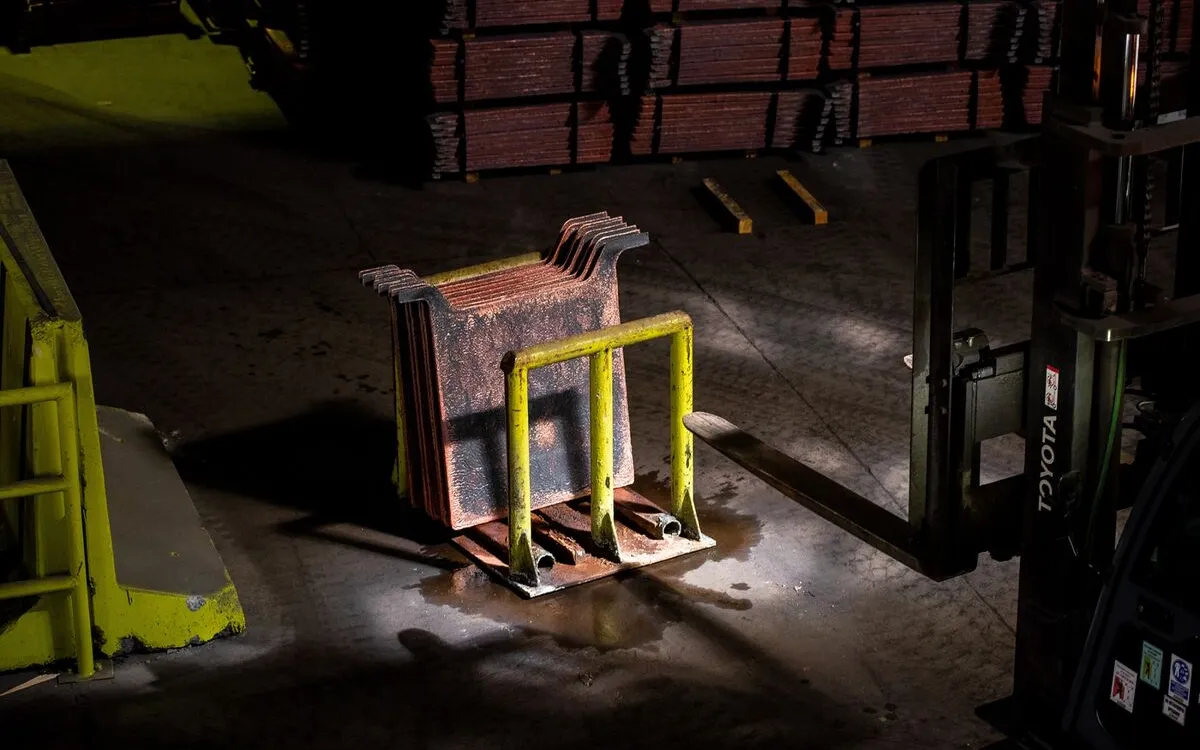
The upcoming August 1 deadline for President Donald Trump’s proposed 50% copper tariffs marks a pivotal moment for the global copper market. Industry veterans are describing this as the conclusion of an incredibly lucrative trade cycle, which has been one of the most profitable periods in the history of the copper industry.
In late February, the landscape of the copper trade began to change dramatically when President Trump ordered a probe into potential tariffs on copper imports. This proactive move sent ripples throughout the industry, prompting immediate reactions from key players. Within days, the top metals executives in China found themselves inundated with inquiries from some of the largest Western commodity traders.
Traditionally, these Western commodity traders have been instrumental in supplying copper to meet the demands of factories, construction sites, and power grids, particularly in China—the world’s largest consumer of raw materials. However, the sudden shift in focus is remarkable: instead of selling copper to China, these traders are now eager to buy it from Chinese suppliers. The urgency is palpable, as they seek to secure large quantities of copper as swiftly as possible.
In this rapidly evolving market, financial incentives play a crucial role. Traders are willing to pay premium prices for copper, showcasing their desperation to obtain the metal before the tariffs take effect. Some traders have even gone as far as to offer substantial sums to their Chinese counterparts to cancel existing supply obligations. This tactic would free up additional copper for immediate purchase, demonstrating the lengths to which traders will go to secure this precious resource.
The implications of these developments are significant. As the August 1 deadline looms, the dynamics of the copper trade are shifting, with Western traders adapting to new realities. This scenario not only highlights the complexities of international trade relations but also underscores the critical importance of copper in the global economy. With the potential for tariffs, the copper market is poised for a transformation that could redefine trading practices for years to come.